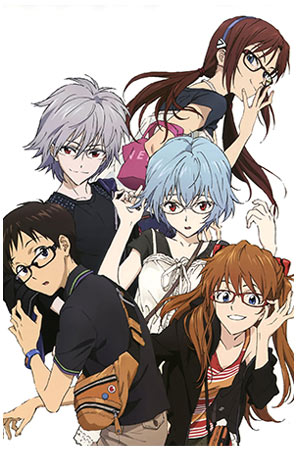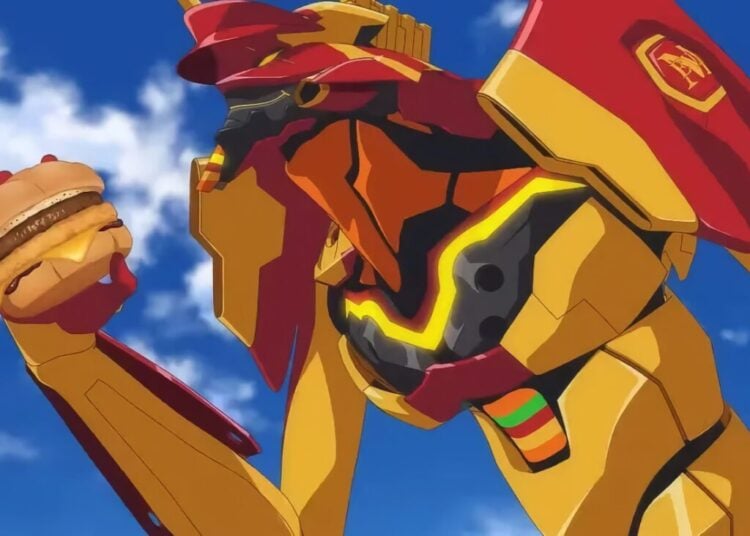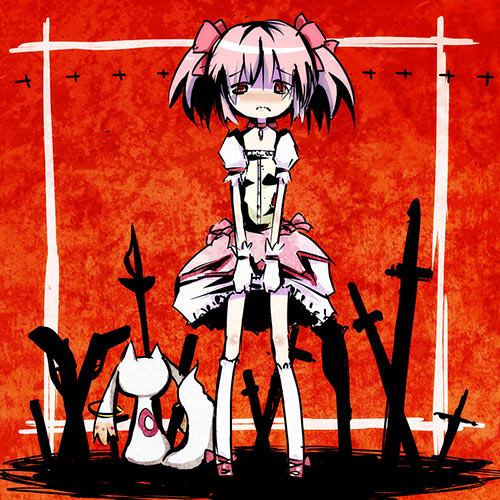The Japanese language has a lot of unique features, like its syllable-based pronunciation system in which ka, ki, ku, ke or ko can be expressed but never a k sound by itself. It’s also one of the few languages with a written character for a “glottal stop,” which is a brief pause when saying words like Hawai’i with the proper pause in between the two ‘i’ vowels. Usually expressed in the Roman alphabet with double consonants, some words that have this brief pause (called ‘small tsu’) include gakkou (gah-[small pause]-KOH, meaning school), tanoshikatta (ta-no-sh-KAH-[small pause]-TAH, meaning “it was fun”), or a word I like a lot, meganekko (me-ga-ne-[small pause]-KO, or characters who wear glasses). So when you learn Japanese, you need to internalize that a word like saka (hill) is completely different from sakka (writer). One reason I recommend textbooks or flashcards that only feature hiragana, katakana and kanji as opposed to romanized Japanese is, forcing yourself to learn the actual characters helps your Japanese pronunciation, since the rules of English (like silent ‘e’ and all that) will only trip you up when trying to pronounce words correctly.

I love characters who wear megane, called maganekko.















